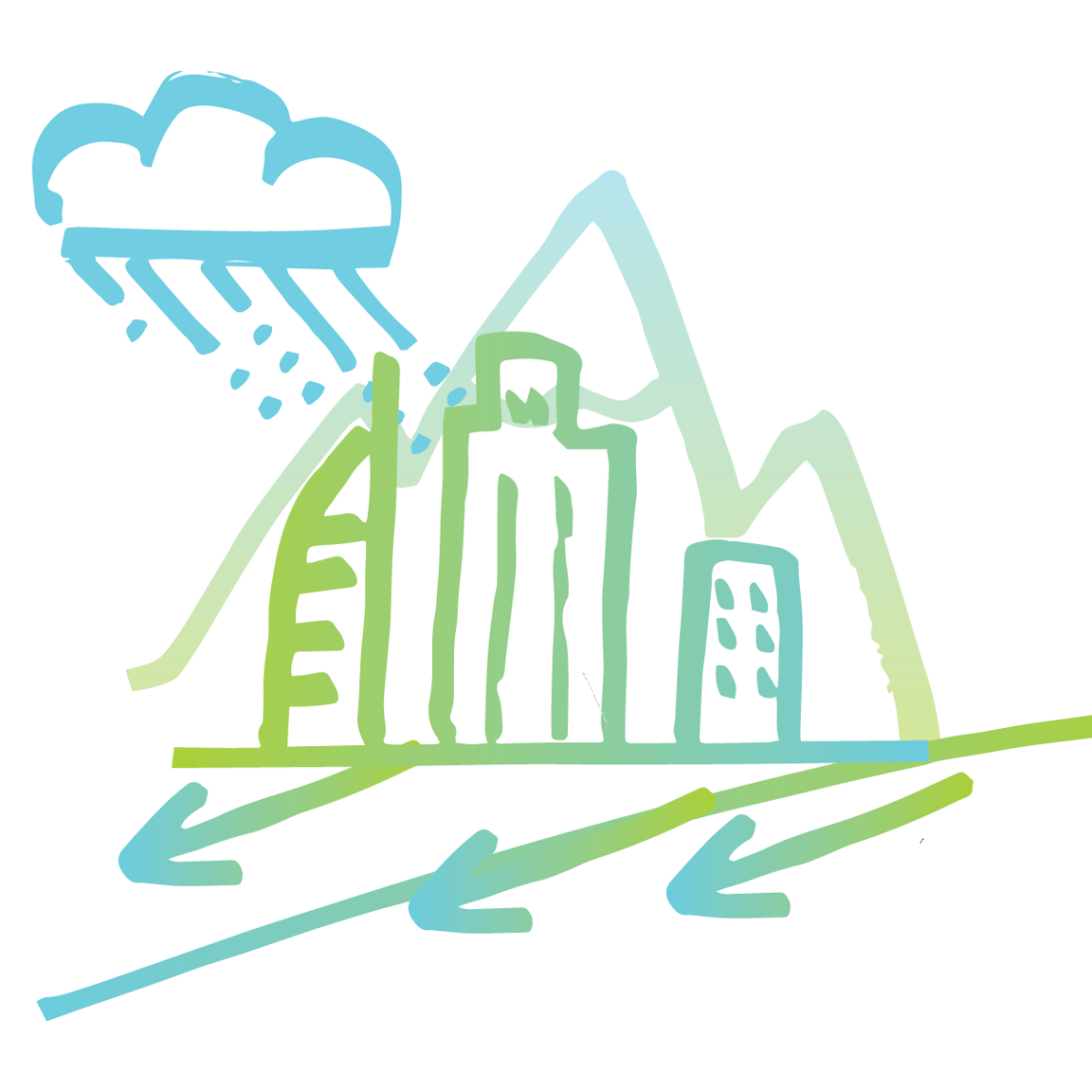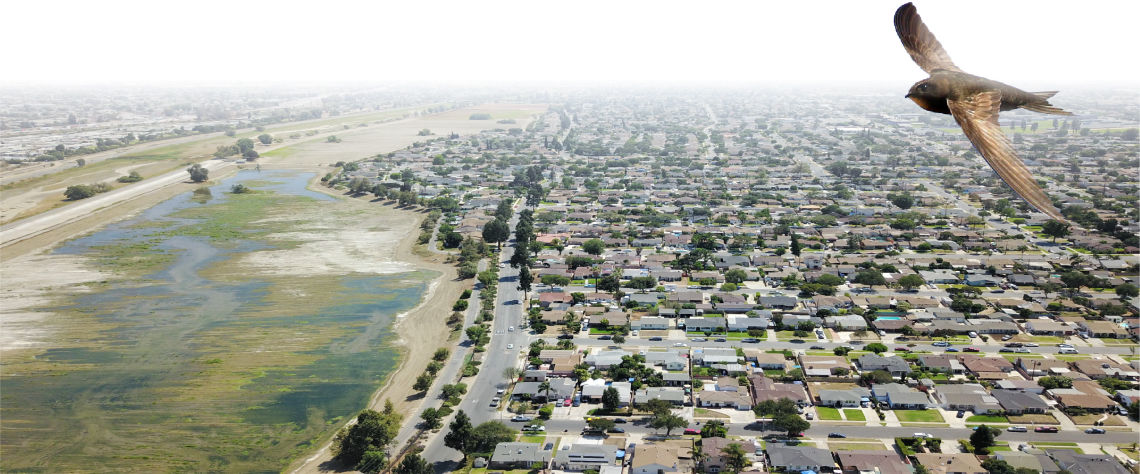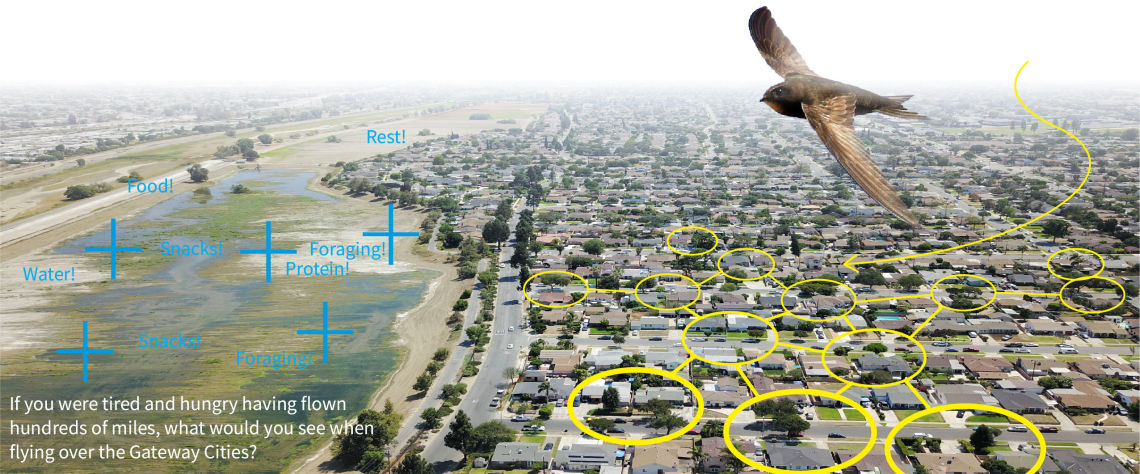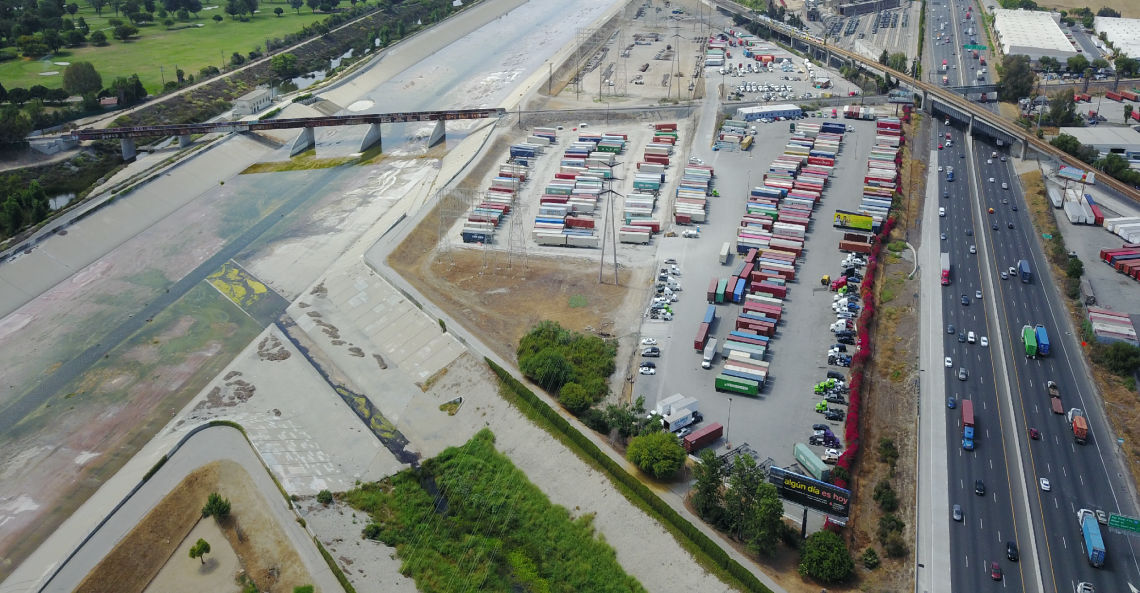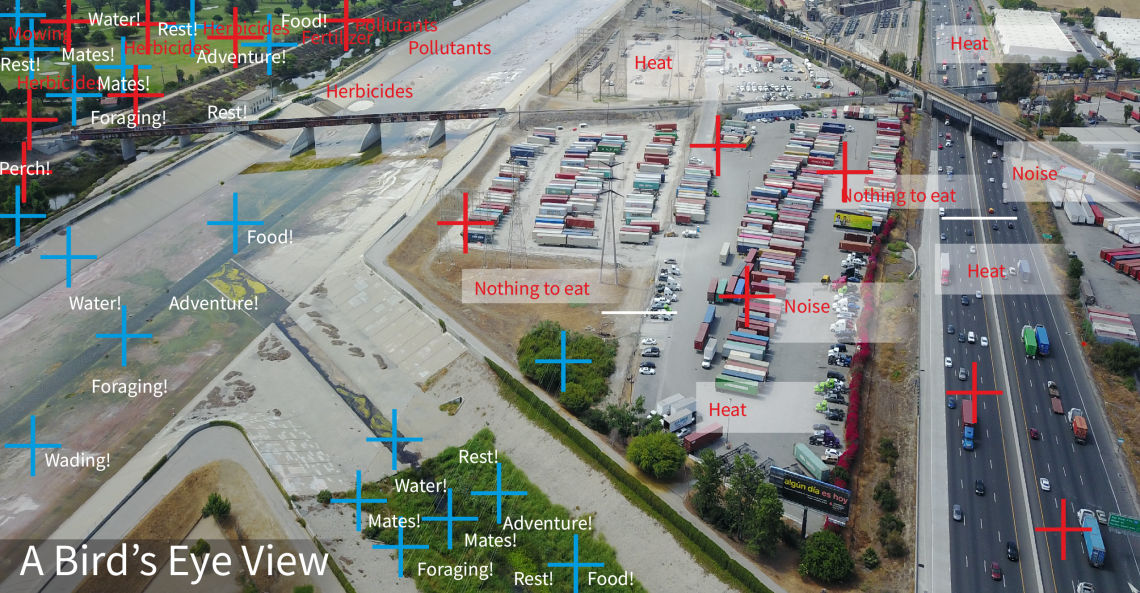A Ride Along with Birds
The Winged Partners in Lynwood
The smell of elm trees lingers in the evening air as I walk down a familiar street. The green-crowned canopy sags, laden with the good night songs of birds calling their day to an end. The sky radiates brushes of oranges and purples while the flights of birds coming to roost dot the evening canvas.
It had only been a few hours since the sun had beaten so hard on the vast concrete, our playground as kids. Our neighborhood took form from its residents. It breathed through gardens and sang its happiness through our birds. It was a living and breathing habitat that only required one thing from us—to care.
As I pedaled my bike across street blocks, garden after garden would pass my surveying eyes, moments of deep green with bursts of reds and yellows in harmonic rows. Another gala of colors would grab my attention within another yard, the powerful purples mixed with humble blues. The sudden dart here and there of what looked seemed a brown cotton ball. I brake my banana-seated bike to a stop and catch the tender melody cascading through the air. The song would quickly change into another in the next yard and then return back to the one I was observing.
I begin to see that my untrained eye must have patience, but I did have more exploring to do down by the Los Angeles River channel. Water emerges from a small foundation nearby, creating a blanket of peace with every gurgle. The ground around it is surrounded by buttons of small pinks flowers blooming even stronger as the melody grows louder. I find myself seated under the umbrella of a lemon tree that spills onto the sidewalk. The shelter it provides allows my body to cool down from the summer heat and enjoy the quiet moments displaying before my senses.
I feel the subtle breeze that carries the coolness of the foundation’s water onto my face. I smile in confirmation. I am welcomed here, at this very moment. My senses are heightening, another deep but short sound is well hidden with the lemon tree itself. I tilt my head slowly to the right and smile to see two eyes transfixed on me. My smile widens, and a small giggle burst with glee to see that patience, brought me a friend.
An adventure is what my heart cries to me, not in the local Los Angeles River channel but in my neighbors’ gardens.
Greatness fills my purpose to see what other things and plants I see in my neighbors’ yards. What else can I discover? What other song can I carry in my heart this day? My legs bring me to a quick spring upward. I bow to my new bird friend, thanking him for his quick friendship and hope we meet again.
As my bike leads me onto the next block, I noticed the street to my left has hardly any sunlight coming unto the concrete. My curious feet take charge to seek what feels so different and yet comfortable. I wanted to be a part of that street and explore the meaning of its enchanted stillness. How could this street which was just a few blocks away from my house be so different? What made it different and what were those sounds?
My head turned upwards to study why the sun could not be felt here. The street was hugged by the top crowns of the trees. I simply saw green with deep brown branches reaching onto one another as if holding hands. Small movements began to catch my eyes within the branches. Finding a patch of grass felt so cool on my skin. I sat down to better watch these jumping beans in the trees.
The wind picked up again. But this time, as I watched the crowns of the trees sway left to right, I was swept away with the mighty strength of those trees. The sounds of the branches brushing and colliding with one another etched in my mind a deeper sense of awe and respect for what I was seeing. I paid closer attention to the tree near me and how its top crown not only covered the street but the house near it as well. How old could this tree be? Does its trunk covered with deep rows varying in browns means its sick? I dare not touch the trunk in case I caught whatever plagued it.
Birds migrating up and down the entire Western hemisphere follow food resources. As plants leaf out in spring across the few remaining green areas in our cities, urban parks, yards, and beds of even channelized rivers-- become important sources of nourishment for hungry travellers.
world map jane high constrast 08 aug 18 routes stopovertake 4 wording ljtrevised 01 01
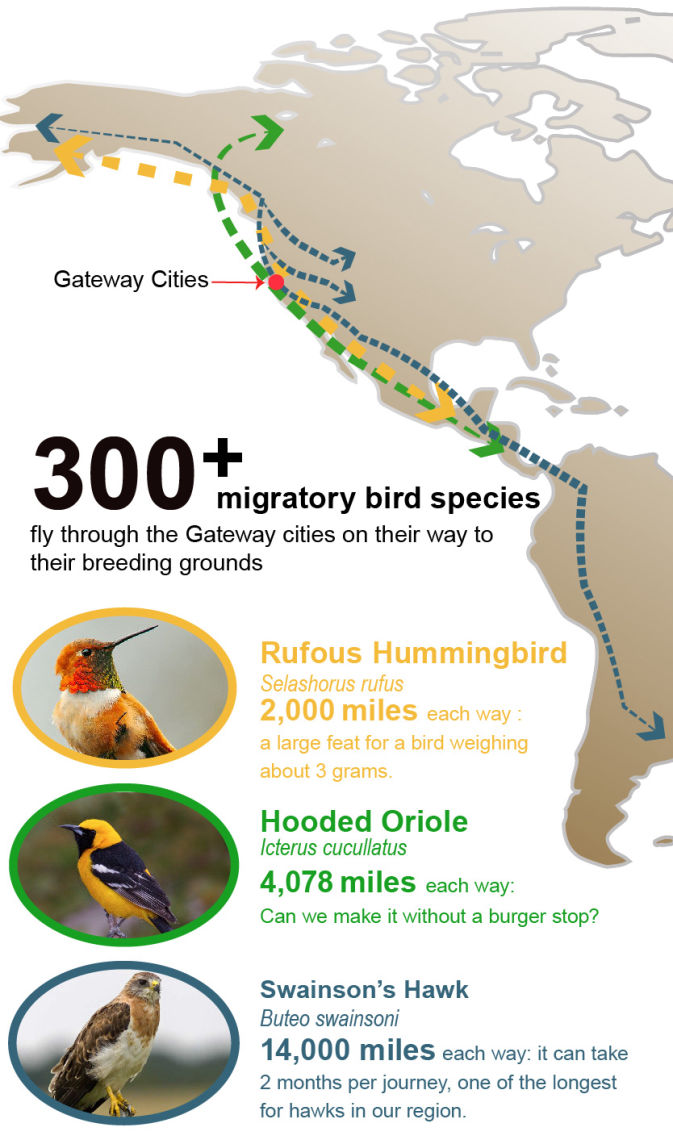
While I keep my distance from the tree, I turned to face the garden near me. My eyes lit up as I saw a flower in the shape of what looked like a large golden cup, and there were many cups of gold to delight in. Around was a small thin vine peppered in white flowers. When the wind would dance on the white petals, a strong but short smell filled my nose with spice. As I enjoyed the dainty white flowers, small birds began to weave in and out of the vine. Their songs and chirps were as if two kids were playing tag with one another. My eyes followed the pair of birds further into the garden onto a small cement bench. Genius! A place to sit inside this garden and see up close and privately where no one could come and tell me to leave.
These thoughts and adventures were the ones I was taking with me home as the sun set this day.
The opportunities found in our small gardens, filled with colors in flowers and bushes can be and will be the saving spots for not only migratory birds but our local hummingbirds, sparrows and chickadees. From our small potted plants to our beds of roses, we provide a vital link to the maintenance of our ecosystem that sustains our birds.
Let the Gateway cities continue to be winged partners in our gardens.
muriel bio pic
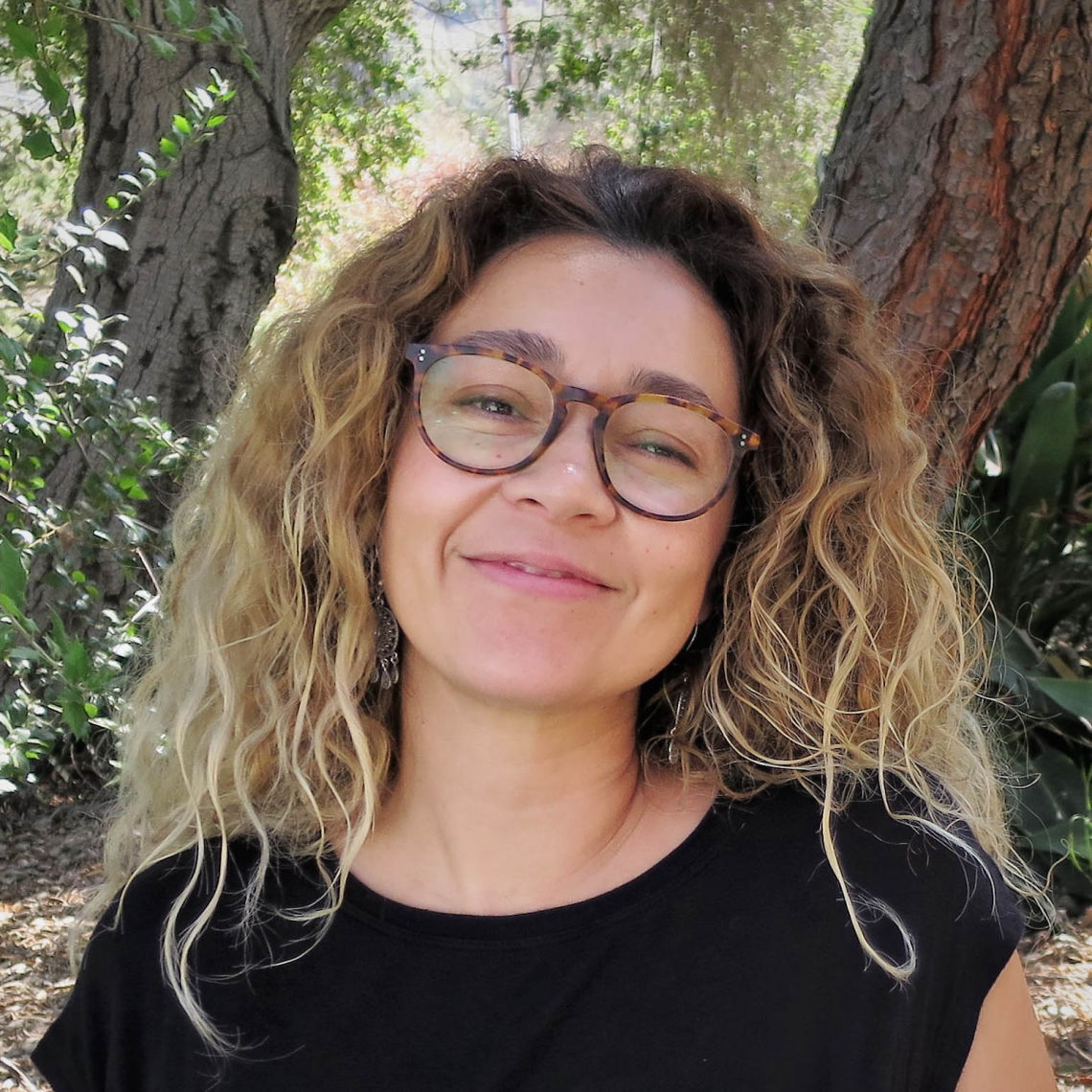
About Muriel Fernandez
Muriel Fernandez has a Master of Landscape Architecture degree from Cal Poly Pomona. She grew up in Lynwood.
spreading basin 15aug18 revised ljt third frame2
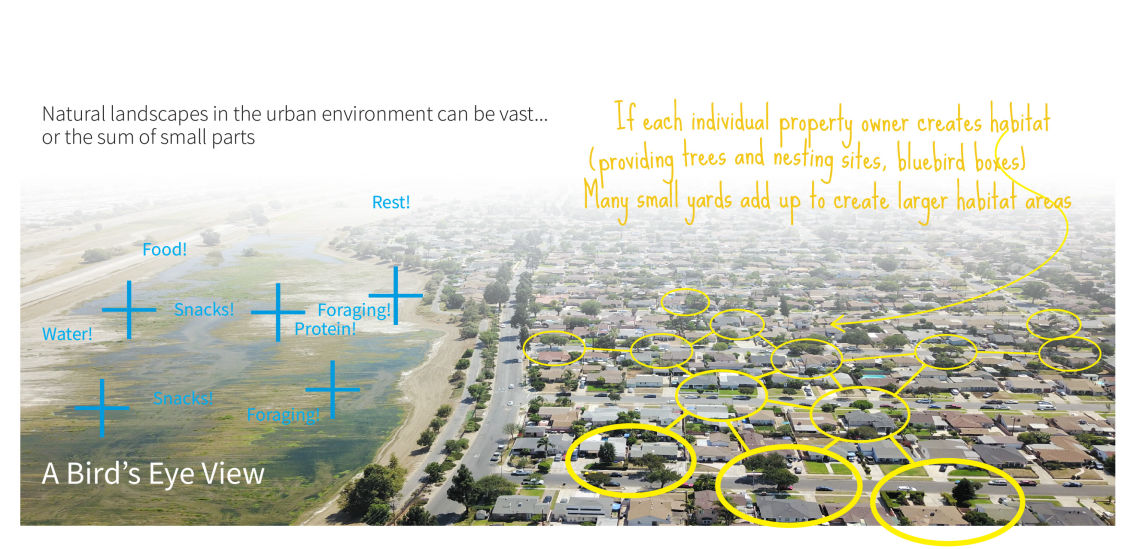
Feeding hungry travelers: the Gateway Cities as Garden Cities?
Audubon Society calls it “one of the great natural spectacles in California” and it can be enjoyed for free… from our larger urban parks, especially ones with water bodies and greenery. This is because the Los Angeles metropolitan area is along the Pacific Flyway, a migratory route for birds that fly from as far as the Arctic Circle and South America.
Landscape Architect and birder Rick Fisher points out that “millions of migrant birds pass through twice a year...many through or over your back yard and neighborhood, from Arctic shorebirds in August stopping to rest and feed in the LA River channel bottom, to the mass songbird migrations in Spring and Fall.” Did you know that Angelenos can occasionally even see snow geese and tundra swans during winter?
For migrating birds, who follow food resources as plants leaf out in spring across this hemisphere, this means that each of the few remaining green areas: parks, yards, and beds of even channelized rivers-- become even more important for these hungry travellers.
Even green areas we would not consider to look like “habitat” offer resources for birds. Kimball Garrett points out that Salt Lake Park in Huntington Park was not purposely planted to with bird habitat in mind, but that the few tree species planted there happen to attracted enough species to show up as hotspot on the crowdsourced website, eBird. Think of how much more valuable such a park would be for wildlife if more plants providing food and shelter for birds were placed there.
Bird watching enthusiasts have an information network for disseminating rare and uncommon sightings, which may even occur in some of our most urban areas. Birders have travelled to Pico Rivera and Compton to see tundra swans and inca doves. Birders travel from even farther to Southeast Los Angeles, the main place to see the Spotted Dove (Steptopilia chinensis) in the Western hemisphere. Bird watchers note that recently, more southern subtropical species have been dispersing into SoCal in the wintertime.
Muriel Fernandez Replogle suggests that even one single garden- or a network of such gardens- can become a refuge for birds whose habitat is disappearing due to development and climate change. “How many of us on long road trips do not stop for a burger before arriving to our destination? Could you make it four thousand miles without a cheeseburger? Can your backyard be that stop over for these very hungry and tired birds?”
“Rufous hummingbirds can weigh up to 3 ounces before they migrate four thousand miles south. But before it can make this long journey, they must fatten up to double their weight in order to survive the long drive south to your yard. They arrive to a place, expecting vegetation and insects that would provide for their young. Only they now find concrete instead of plants and loud and flashy lights blaring. Such an experience can mean death to a starved bird that is in dire need of sustenance.”
Providing Habitat for the Gateway Cities
Traditionally, we think of conservation as the preservation and protection of pristine wilderness habitat. In the Los Angeles basin, this means past conservation efforts have often focussed on protecting undeveloped areas.
However, in the Gateway Cities, we have the opportunity to turn urban environments into living habitat. For one, we can enhance existing habitat (yes there is existing habitat)! Did you know the Lower Los Angeles River is designated as an Audubon "Important Bird Area" ? "A truly unique (yet nearly entirely un-natural) site, this 7-mile stretch of concrete channel along the Los Angeles River through north Long Beach, Compton and Paramount is one of the most important shorebird stopover sites in southern California... " The mouth of the San Gabriel River is part of the Orange Coast Wetlands Important Bird Area.
With sufficient vision and persistence, any expanse of asphalt or unused lawn can also be transformed into high quality habitat. The native garden created by Brad Rumble at Leo Politi Elementary School is a dramatic example of how bird habitat can bring nature into our everyday lives.
See our greenscape pages for ideas on how to enhance habitat in all the land uses (private residences, parks, schools, industrial areas, even streets and parking lots) of our communities.
Made with ❤️ by TreeStack.io
